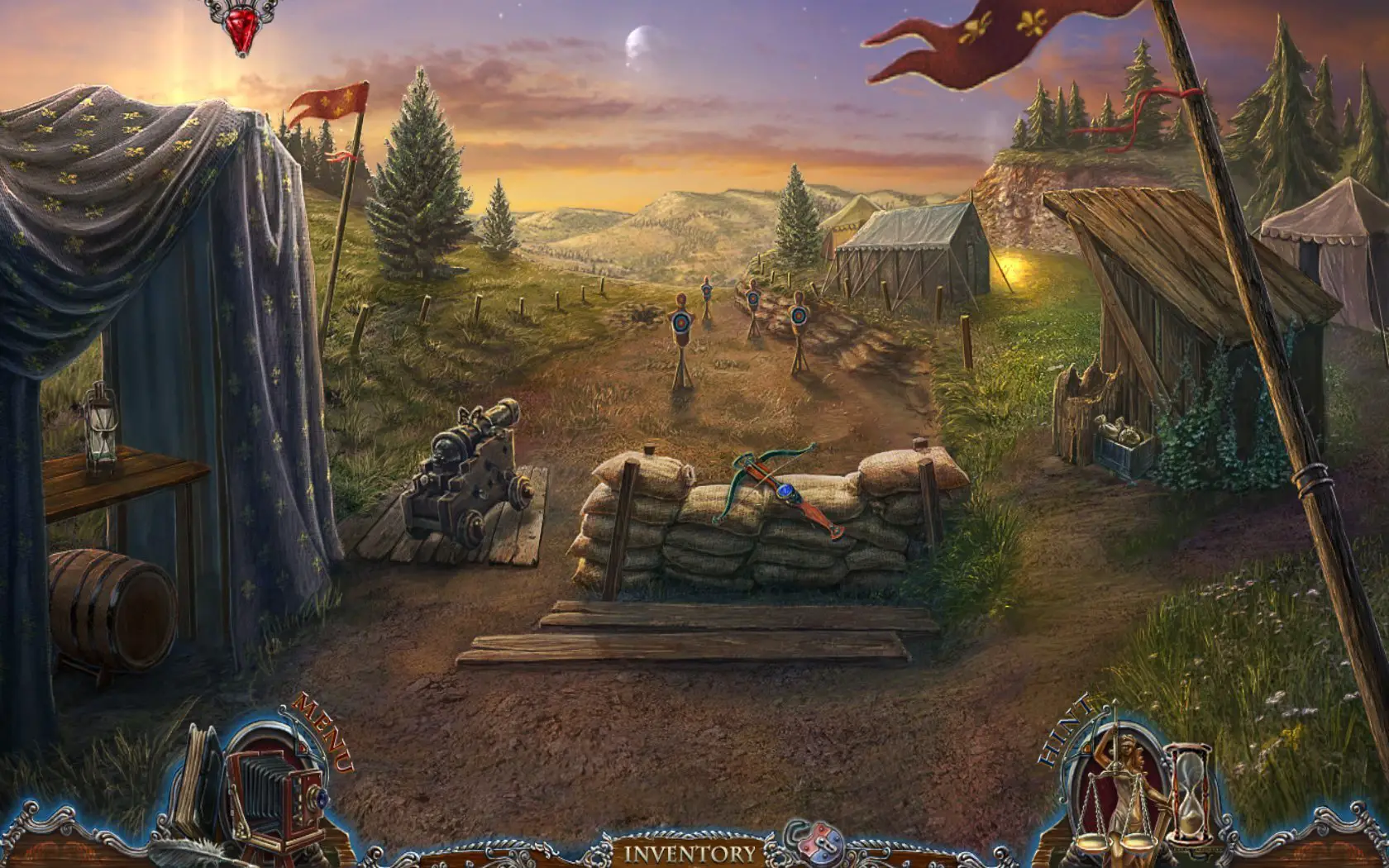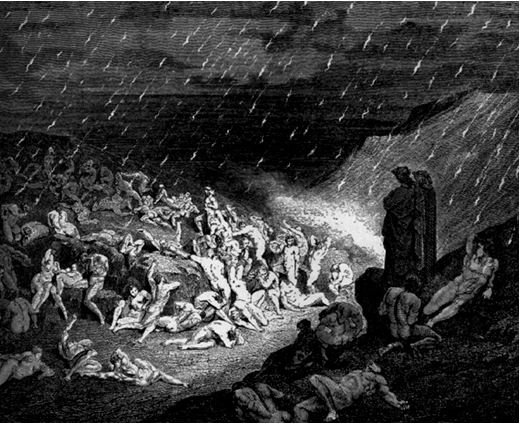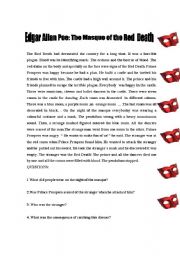



Prospero and his court are indifferent to the sufferings of the population at large they intend to await the end of the plague in luxury and safety behind the walls of their secure refuge, having welded the doors shut. Victims are overcome by “sharp pains”, “sudden dizziness”, and “profuse bleeding at the pores”, and die within half an hour. Prospero and 1,000 other nobles have taken refuge in this walled abbey to escape the Red Death, a terrible plague with gruesome symptoms that has swept over the land. The story takes place at the castellated abbey of the “happy and dauntless and sagacious” Prince Prospero. Illustration of Prince Prospero confronting the “Red Death” by Arthur Rackham, 1935 / Wikimedia Commons Poe’s short story has also been alluded to by other works in many types of media. The story was first published in May 1842 in Graham’s Magazine and has since been adapted in many different forms, including a 1964 film starring Vincent Price. Many different interpretations have been presented, as well as attempts to identify the true nature of the eponymous disease. Poe’s story follows many traditions of Gothic fiction and is often analyzed as an allegory about the inevitability of death, though some critics advise against an allegorical reading.

Prospero dies after confronting this stranger, whose “costume” proves to contain nothing tangible inside it the guests also die in turn. In the midst of their revelry, a mysterious figure disguised as a Red Death victim enters and makes his way through each of the rooms. He, along with many other wealthy nobles, hosts a masquerade ball in seven rooms of the abbey, each decorated with a different color. The story follows Prince Prospero’s attempts to avoid a dangerous plague, known as the Red Death, by hiding in his abbey. “The Masque of the Red Death” (originally published as “The Mask of the Red Death: A Fantasy”) is a short story by American writer Edgar Allan Poe, first published in 1842. Poe’s story follows many traditions of Gothic fiction and is often analyzed as an allegory about the inevitability of death. Illustration for “The Masque of the Red Death” by Harry Clarke, 1919 / British Library, Wikimedia Commons


 0 kommentar(er)
0 kommentar(er)
